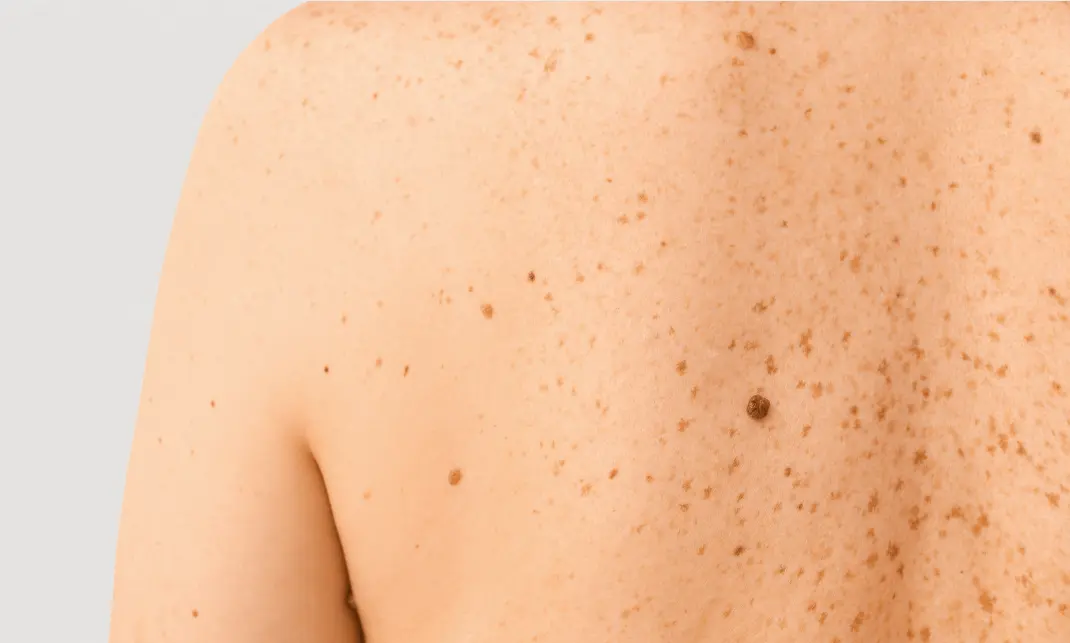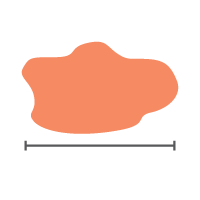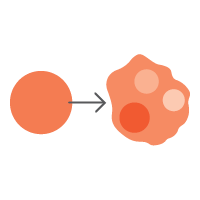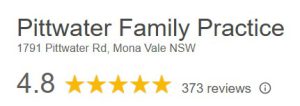
Australia does not have a population-wide skin cancer screening program but the government does encourage you to get to know your skin and seek advice from a doctor if you notice any new, changed or suspicious spots.
Here, we aim to answer some of the most common questions we’re asked about skin cancer checks.
How do you avoid skin cancer?
More than 95% of skin cancers are directly related to sun exposure. You can try to avoid skin cancer by protecting your skin against the sun’s harmful UV rays.
If the UV is above 3, then protect yourself by being SunSmart. That means:
- Slip on clothes that cover your arms and legs
- Slop on SPF 30 or higher, broad-spectrum, water-resistant sunscreen and reapply every two hours
- Slap on a broad-brimmed hat or one that covers the head, face, neck and ears
- Seek shade, particularly over the middle part of the day when UV is highest
- Slide on a pair of sunglasses.
Being aware of your skin helps you catch skin cancer early when it’s easier to treat successfully. About 95% of skin cancers are treatable if they’re detected early.
Skin cancer can appear anywhere on your body, including areas that don’t usually see the sun like between your toes.
Try to get into the habit of checking your skin at home on a regular basis like once a month. Stand naked in a room with good light. Use a mirror to check every area of your body, including places like your armpits and the soles of your feet.
You’re looking for any spots, moles or sores that:
- Look or feel different from other spots or moles
- Have changed in size, shape, colour or texture
- Are itchy, bleeding or slow to heal.
What does skin cancer look like?
Melanoma is the most serious form of skin cancer. You can check for melanoma using the ABCDE guidelines.
Source: Cancer Council NSW
If your spot or mole has any of the above features, see your doctor for a skin check.
However, remember that not all skin cancers (or even all melanomas) fit these guidelines. If any moles or spots concern you – if they’re new or changing – please get a skin check.
How often should you get your skin checked?
There is no single, simple answer to that question. It depends on your risk of developing skin cancer and is best determined in consultation with your doctor.
Because of our gorgeous sunshine, all Australians are at risk of developing skin cancer. That’s why everyone should check their own skin regularly.
The risk of developing skin cancer is higher if you:
- Have had skin cancer before or have a family history of it
- Have fair or freckled skin that burns easily
- Have red or fair hair and blue or green eyes
- Have lots of moles
- Primarily work outdoors (or used to)
- Have short, intense periods of UV exposure
- Used tanning solariums
- Have a weakened immune system
- Are prone to skin conditions, including sunspots.
If you are at higher risk of developing skin cancer, then talk to your GP about regular skin cancer checks.
Can you get a skin check while pregnant?
Yes – and you should. While pregnancy can lead to some skin changes, you can never rule out the risk of skin cancer in a place like Australia. One leading dermatologist recommends a skin cancer check in the first and third trimesters.
Can skin cancer be itchy? Can skin cancer be painful?
Yes. When researchers studied people with several types of skin cancer, 37% reported itchy skin while 28% reported pain. That suggests it’s important to pay attention to how your skin feels as well as how it looks.
What does a skin check involve?
When you come for a skin check, we’ll start by asking you some questions about your overall health and lifestyle to assess your skin cancer risk.
Then we’ll examine your skin closely using a demoscope, a special handheld device with a light and magnifying lens. You’ll need to undress down to your underwear for this.
If we find a suspicious mole or spot, we’ll discuss it with you. We may be able to remove it immediately or we may remove a small sample of tissue (biopsy) and send it to the lab for analysis.
The results will usually take a few days to come back. At that point, we’ll invite you back for a follow-up appointment to discuss the next steps.
How can we help?
Dr Jeff Cavanaugh runs Pittwater Family Practice’s skin cancer clinic, offering skin checks, diagnosis and procedures. Dr Cavanaugh has over 30 years of experience as a GP and holds qualifications in Advanced Skin Cancer Medicine.
Australia has one of the highest rates of skin cancer in the world, meaning we all need to be vigilant. That means following sun-safe practices and getting your skin checked if there’s any cause for concern.
Please book an appointment today.
Disclaimer
All information is general and is not intended to be a substitute for professional medical advice.
References
- Cancer Council NSW, Checking for skin cancer, https://www.cancercouncil.com.au/cancer-prevention/screening/checking-for-skin-cancer, [Accessed 29 April 2024]
- InSight Plus MJA, 90-second mole check a must in pregnancy, https://insightplus.mja.com.au/2017/13/ninety-second-mole-check-a-must-in-pregnancy/, [Accessed 29 April 2024]
- Skin Cancer Foundation, Scratching the surface, https://www.skincancer.org/blog/scratching-the-surface/#, [Accessed 29 April 2024]
- Healthdirect, What happens during a skin cancer check? https://www.healthdirect.gov.au/should-I-be-checked-for-skin-cancer#happen, [Accessed 29 April 2024]







